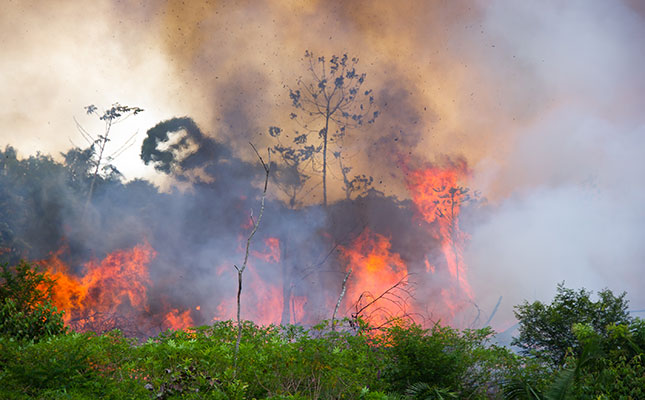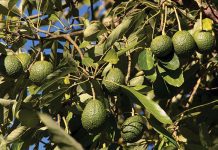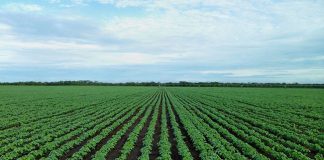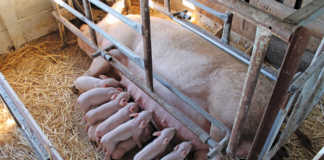
Photo: Adobe Stock
More than 7 700 forest fires have been reported in Brazil in the past week alone, according to data from the country’s national institute for space research, Instituto Nacional de Pesquisas Espaciais (INPE).
Brazil has recorded more than 72 000 fires so far this year with more than 50% occurring in the Amazon rainforest region. This is an 84% increase on the same period last year, according to the INPE.
Analysts have attributed this escalation in forest fires to a 278% rise in deforestation over the past month.
“Extensive cattle farming is the main driver of deforestation in the Amazon, with just over 65% of deforested land in the Amazon now being grazed,” according to Romulo Batista, a researcher at Greenpeace.
Alberto Setzer, a senior scientist at INPE, said the fires in the rainforest were traditionally the result of the agricultural practices employed by small-scale farmers, but now also stemmed from newly introduced, mechanised deforestation practices being implemented by modern agribusinesses.
Farmers usually waited until the dry season to start burning and clearing areas for cattle grazing. However, this year’s destruction had been unprecedented, he said.
Brazil was the world’s largest exporter of beef, with a record 1,64 million tons exported to its major markets in China, Egypt and the EU during 2018, according to the Brazilian Beef Exporters’ Association.
Soya bean, an important cash crop, was another major contributor to deforestation. A dramatic rise in cultivation was seen in the 1970s, fuelled by the migration of farmers, the development of new cultivation techniques, and the use of pesticides.
A record 83,3 million tons were exported in 2018, which was a 22,2% increase on the previous year, according to Brazil’s economic ministry.
While the country was the top supplier of soya beans to the US, most of its exports were destined for China. Brazilian soya bean exports to China increased by an estimated 30% last year, mainly due to that country’s trade dispute with the US.
“A very large number of these fires are due to the cultural push that ministers are giving. They are pushing deforestation because it is good for the economy,” Carlos Nobre, a senior researcher at the University of São Paulo in Brazil said,
Nobre co-authored the report on a study undertaken last year, in which it was forecast that the southern, eastern and central regions of the Amazon rainforest region would reach an irreversible stage of degradation once 20% to 25% of the forest was cleared.
The study predicted that this would happen in 20 to 25 years’ time. However, according to Nobre, this point was likely to be brought forward by an estimated five years if this year’s rate of deforestation continued.













